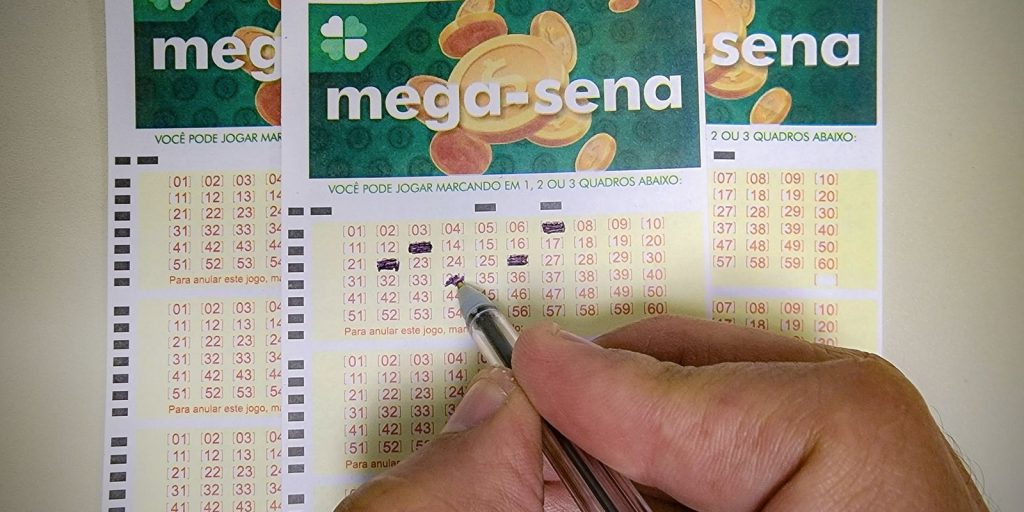October 16, 2024, 7:01 AM
October 16, 2024, 7:01 AM
Until the first half of this year, the Government maintained its clear position regarding the economy: there is price stability. But today the reality is different with an accumulated inflation of 5.5% until Septemberthe official discourse loses weight in the face of data and reality: prices are skyrocketing.
You only have to go out to the streets to see this reality, the prices of basic products such as rice skyrocketed by up to 100% in value, for example, a kilo went from costing between Bs 5 and Bs 6 to 10 and 12.
The same happens with the cost of meat — another essential food on the tables of Bolivians — which rose from 38 bolivianos per kilo of the first cut to 45 bolivianos. Chicken follows this trend of 14 bolivianos and is now up to 16 bolivianos.
For this year the Government projected an inflation of 3.7%, however, the latest report from the National Institute of Statistics (INE) collapses the forecast. Until the month of September, according to the state entity, accumulated inflation reached a rate of 5.5%.
This rate is the highest since the global crisis of 2008, which also affected the country and caused inflation to exceed 11.85%.
Causes
The president of the College of Economists of Tarija, Fernando Romero, highlighted that inflation experienced a significant increase this year, exceeding double last year’s figure, which stood at 2.2%. To date, the inflation index reaches 5.53%, exceeding both the government goal of 3.6% and the International Monetary Fund (IMF) forecast of 4.8%.
Although the Government adjusted its goal to 6%, the economist considers it unlikely that this objective will be achieved, and projects that the final inflation of the year could be between 7% and 9%, without ruling out the possibility of reaching 10%.
One of the determining factors, according to Romero, is the shortage of dollars in the country, which has increased the price of the dollar in the parallel market, increasing the costs of imported products and directly affecting consumer prices.
In addition, he pointed out that the end-of-year festive season, traditionally inflationary, exacerbates the problem due to the increase in demand for consumer goods.
Although the government attributes inflation to external factors such as smuggling and the so-called “imported inflation”, pFor Romero the local situation has considerable weight. He explained that the combination of high internal demand with the lack of political stability and blockades in various regions generate uncertainty.
Projection too much optimistic
Jorge Akamine, president of the College of Economists of Bolivia, explained that inflation was anchored by the fixed exchange rate and the fuel subsidy, but it began to overflow due to the pressure of the parallel dollar market and the shortage of essential fuels. like diesel.
Akamine said that the adjustment of the projections, which are now too optimistic, considering that the current figures exceed the accumulated 5.5%.
“We could easily reach 9%, even touching double digits.””, he stated, based on the trend observed in recent months.
What is most worrying, according to the economist, is the speed with which inflation has skyrocketed in recent months, which, according to him, is a clear symptom of a possible economic crisis.
Economist Germán Molina assured that inflation will continue an upward trend in the coming months. Although he avoided giving an exact figure, he noted that the pressure on the prices of food, clothing and appliances will be more evident, which will aggravate the increase in inflation in the country.
The Ministry of Planning indicated that, to address these inflationary pressures, the Government implemented six important measures: the reduction of the tariff levy for essential products and agricultural machinery; the implementation of controls in supply markets, through the Vice Ministry of Defense of User and Consumer Rights, in coordination with mayors at the national level, to prevent speculation and unjustified price increases; and the increase in border controls to prevent the departure of subsidized products.
“In order to take care of the pockets of Bolivian families, they have organized the “Field to the pot” fairs. In addition, the Food Safety Monitoring Center monitors variations in the consumer price index, guaranteeing the supply of essential products at fair prices,” the government agency indicated.
In time to reiterate that the rising prices of products in Bolivia are mainly due to three factors: the climate crisis, imported inflation and reverse smuggling.

















